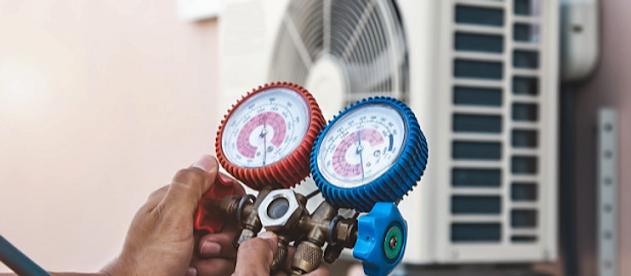Valuable Insights for Choosing A Suitable Thermostat Temperature Controller
A thermostat temperature controller is a device that maintains a desired temperature in an environment. It does this by turning on and off a heating or cooling device, such as a furnace or air conditioner, until reaching the desired temperature. It finds applications in
Home heating and cooling
Industrial processes
Scientific research
Medical applications
Foodservice
Thermostat temperature controllers come in various types and configurations to suit different applications and user preferences. Here are some common types and factors to consider when choosing the most suitable one:
Mechanical Thermostats: These are simple, traditional thermostats with manual controls. They have a dial or knob that users can turn to set the desired temperature. A mechanical thermostat temperature controller is straightforward and often used in residential settings.
Digital Thermostats: Digital thermostats feature a digital display and buttons for programming and adjusting temperature settings. They offer greater precision and often include programmable scheduling options.
Programmable Thermostats: These thermostats allow users to set different temperature schedules for different times of the day or week. It can help optimize energy usage by automatically adjusting the temperature when no one is at home or during nighttime.
Smart Thermostats: Smart thermostat temperature controller has Wi-Fi connections, allowing users to control it remotely through a smartphone app. They often include advanced features like learning temperature preferences over time, geofencing, and integration with smart home systems.
Line Voltage Thermostats: These are for controlling electric heating systems, such as baseboard heaters and radiant floor heating. They handle higher voltage loads and have specific wiring requirements.
Low Voltage Thermostats: These are standard components of central heating and cooling systems. They use a low voltage signal to control the HVAC equipment.
Heat-Only or Cooling-Only Thermostats: These are designed specifically for systems that provide either heating or cooling, not both.
Heat Pump Thermostats: Designed for systems that use heat pumps, these thermostats accommodate the unique heating and cooling cycles of such systems.
Homeowners, building managers, facility managers, HVAC professionals, and new construction or renovation projects can choose the suitable thermostat temperature controller considering followings:
Compatibility: Ensure the thermostat is compatible with the given heating and cooling system. Some systems require specific types of thermostats.
Programmability: Consider individual schedules and frequency of being at home. Programmable and smart thermostats offer flexibility and energy savings.
Features: Determine the desired essential elements in a thermostat temperature controller. Smart thermostats offer remote control and learning capabilities, while simpler models may be more straightforward.
Wiring: Check the wiring requirements of the thermostat. Some models need additional wiring or adapters.
Ease of Use: Choose a thermostat with an interface that is intuitive and easy to use.
Energy Efficiency: Look for models with energy-saving features like scheduling and adaptive learning.
Budget: Set a budget and compare options within that range.
Brand and Reviews: Research reputable brands and read reviews to ensure reliability and customer satisfaction.




Comments
Post a Comment